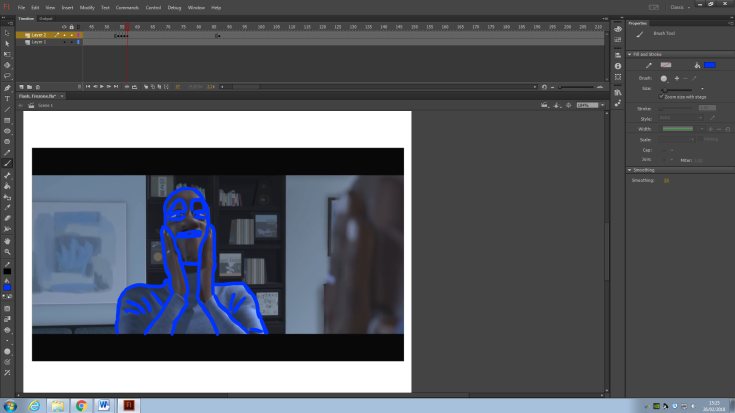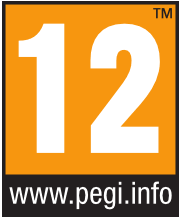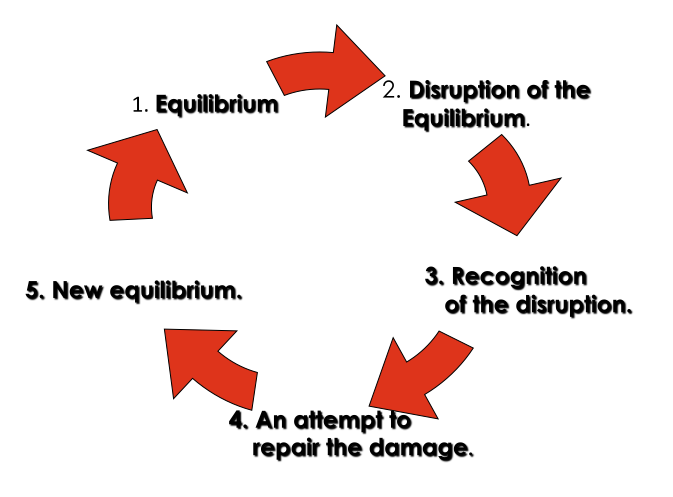A hero’s journey is quite unlike the narrative theory as it contains more sections that are more developed and elaborate different parts of the story. It is known as being a more complicated version of Todorov’s narrative theory. The story begins at the home of the hero everything being as it would, content and at peace. The hero then receives a call to action that is a direct threat to something personal to the hero like the home or a loved one. It is displayed in many different ways like a phone call or an act of violence like the destruction of their home. The hero then meets someone that will help him toward his goal that provides aid and guidance like a mentor. The mentor is a key turning point for the journey of the hero as the mentor provides something that will not be forgotten or go unused by the hero like knowledge or teaching him in a certain way to defeat evil. After their training’s complete the hero must then cross through the threshold between what he was and the new person he must become to be able to triumph. This is when the hero must leave their familiar place and cross through into an new place that they are unfamiliar with in order to start their quest. Now set on their journey, the hero is confronted with a series of challenges that put the hero through some conditions in order to become stronger and capable and complete their quest. They could make allies to aid them on their quest or in even create their own enemies to serve as obstacles to further the completion of their ultimate goal. The hero then finally reaches his goal and must face their foe, where the hero must use all of the skills they have been taught in order to overcome the trouble in front of them. Through this ordeal the hero experiences a metaphorical death and rebirth in which the hero sheds their old selves and come out of it as a new individual. The hero then receives a reward for the completion of their mission. The hero then ventures back after their quest to the safe and familiar place that the story originated from
I have decided to use this theory in my game as it provides multiple options for my main character to go through. However in my game the endings will be different as the choices made throughout the story inflict the hero.



 Today’s lesson consisted in us taking scene from The Incredibles and traced over it and each frame that we did made the movement more fluid and made it an animation. I did this by placing a blank keyframe on the desired frame and drew over each frame.
Today’s lesson consisted in us taking scene from The Incredibles and traced over it and each frame that we did made the movement more fluid and made it an animation. I did this by placing a blank keyframe on the desired frame and drew over each frame.


